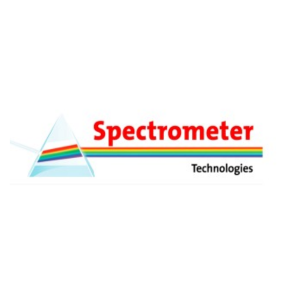How digitalisation, automation, and human integration are transforming underground mining operations for greater efficiency and safety, according to Jamie Van Schoor of Dwyka Mining Services.
Access to technology has changed the landscape of underground mining over the past five years, according to Jamie Van Schoor, CEO of Dwyka Mining Services. Gerard Peter reports.
Jamie van Schoor starts by explaining that the implementation of technology is relative to the times. “When people were mining 50 years ago, the technology was representative of what they wanted to achieve. Over the past five years, everyone has been innovating, particularly in the digitalisation and automation
space and this has made technology readily available to mining companies.”
He adds that three important factors have driven the tech revolution in underground mining. “Firstly, remote sensor development has scaled up beyond what we thought could be achieved. Secondly, the miniaturisation of IoT devices has meant we can get accurate data from complex environments.
“Thirdly, over the past five years, connectivity from the surface is helping to drive digitalisation and automation underground. In 2019, Dwyka Mining Services pulled out all the stops to ensure this connectivity and we were dealing with a low data stream. Now, with technology, we can for example, monitor how automated LHDs are operating and we can download this important data in real-time.”
Creating a tech ecosystem
Over the years, Dwyka has established partnerships with some of the world’s leading tech suppliers so that it can offer bespoke underground solutions to its clients.
One such solution is a ventilation on demand (VOD) solution for a diamond mine in Limpopo, South Africa. Van Schoor elaborates, “We have worked with three key partners on this project: Clemcorp which will provide ventilation equipment; Ventsim Control to deliver air to the working face of the operation; and Maestro Digital Mine which focuses on remote sensing environmental management.
“These partners have created a virtual triangle to unlock VOD and ensure that we get the correct amount of air to the right place at the right time and at the right price. All of this is highly visual and reliable because of the ecosystem we developed.” Another technology that is making a big impact on underground mining is the use of drones. To this end, Dwyka works with Emesent which provides drones to map out complex environments to ensure efficiency and safety. “In addition, companies are using this technology and our teams to conduct project-based work and bespoke geotechnical analysis,” Van Schoor adds.
A major recent innovation from Dwyka is partnering with LASE Industrielle to ensure pit-toport monitoring. This allows a mining company to monitor the entire value chain, from underground operations all the way to loading concentrate on the ship. This includes monitoring materials handling and the logistics required to get the product to its final destination.
Integrating people with technology
Van Schoor is a firm believer that the workforce needs to be upskilled for technology to function optimally. One initiative it is currently working on is partnering with Getac to get employees to move away from pen and paper and use tablets for data collection.
“One of the biggest challenges in our industry is that we collect data that can’t be digitised for us to review. By using tablets, we now have access to important data in a quick turnaround time,” Van Schoor states.
In recent years, Dwyka has been using Boston Dynamic’s Spot, a robotic dog, in underground operations with great success. Mimicking the movements of a real dog, Spot is used to (among others) ensure that areas that humans can’t reach underground are safe for blasting operations. However, Van Schoor explains that it is important for companies to understand the value that technology offers.
“For example, we are working with companies to put Spot and other robotic equipment on company payrolls. We are also helping to ensure that employees are teamed with the correct virtual or digital colleague to carry out their work.”
Currently, the company is also developing Dwyka , a tech oasis to teach learners in situ skills needed in underground operations. “The aim is to help mines recruit applicants from local communities and then train them at Dwyka.
Once they have successfully completed a 12-month learnership they can be absorbed into a mining operation. Even if they are not, they will still be equipped with the skills needed to find employment in other mining operations,” Van Schoor explains.
Van Schoor emphasises the importance of understanding integrating tech capital with human capital. He points out that companies need to look at two factors when implementing technology — assurance and insurance. Assurance refers to ensuring that technology is going to meet the requirements and deliver on the expectations. Meanwhile, insurance ensures that the solution does fulfil the objective you set out to achieve.
“We have been working hard with the market to understand the user requirements, then understand the team components to develop the right solution. Often, those levers need to be adjusted before you can see any value from the technology. It might be the right solution for the problem but you still need people to deploy it.
“Also, we need to consider that as technology evolves, the workforce needs to evolve as well. Blending these two key aspects will ensure our ability to adopt tech for real change in underground operations,” Van Schoor concludes.


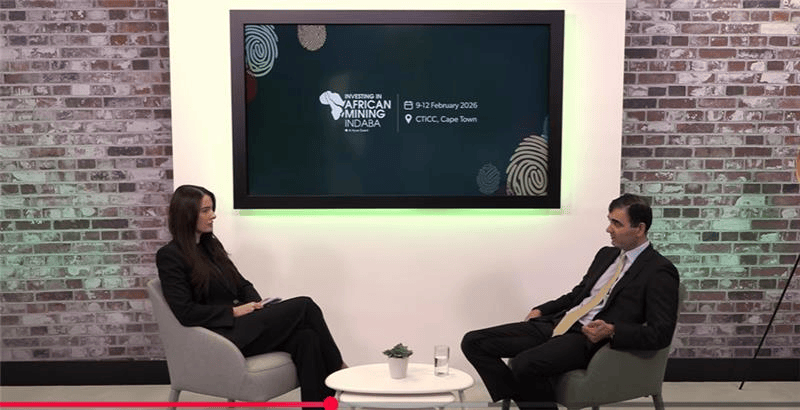

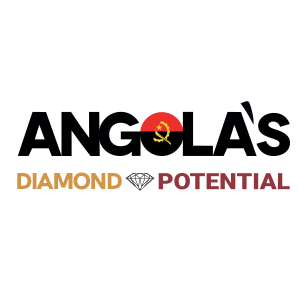
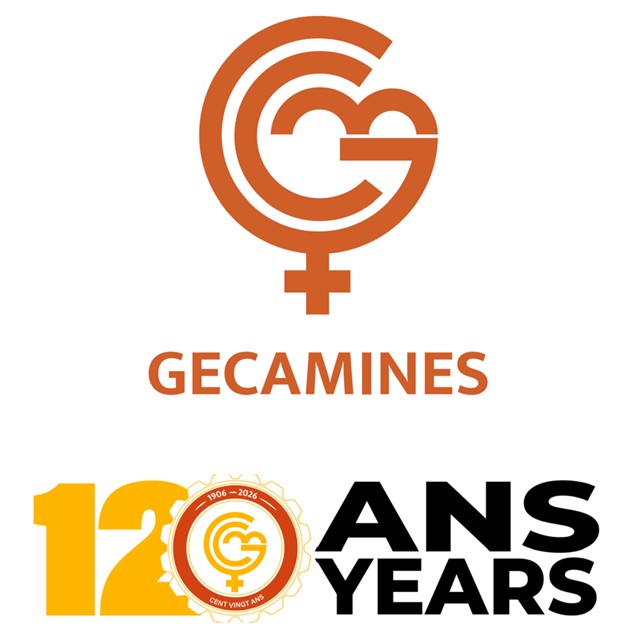
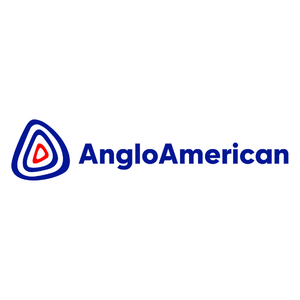

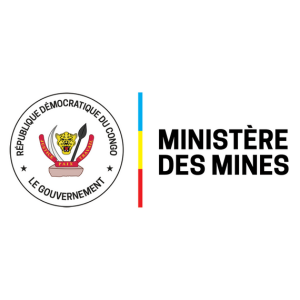
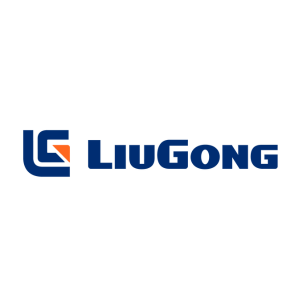
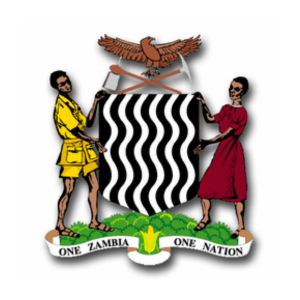

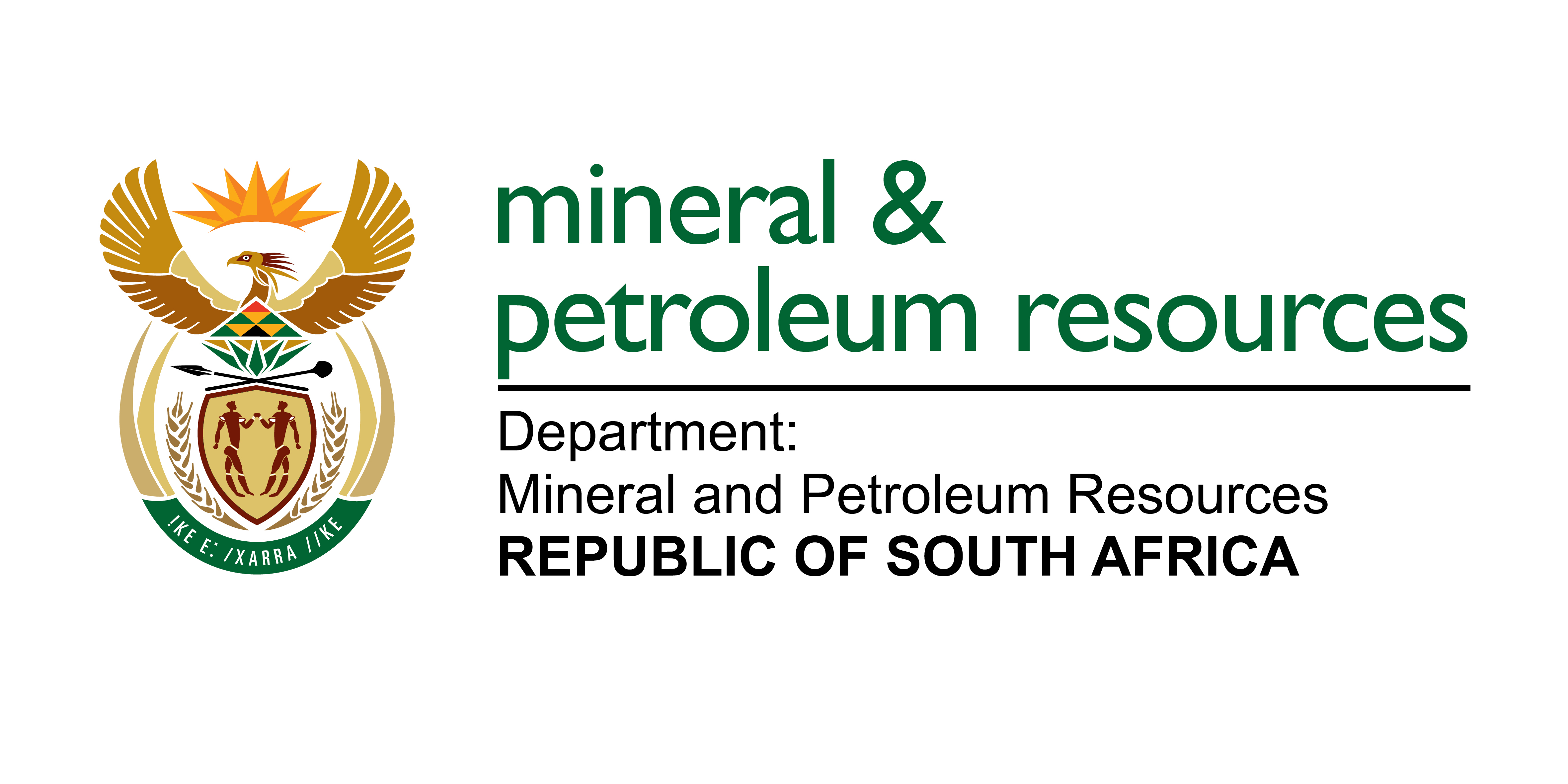-Logo_CMYK_1.jpg?width=1000&height=500&ext=.jpg)
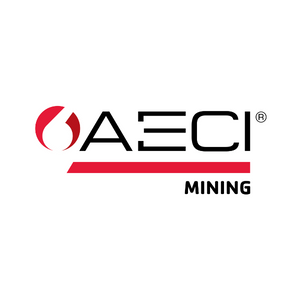



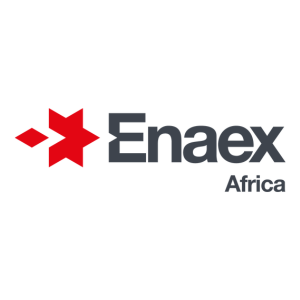


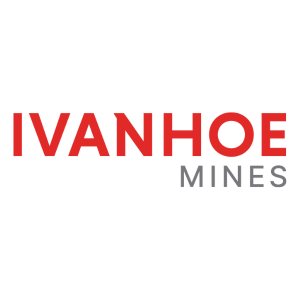
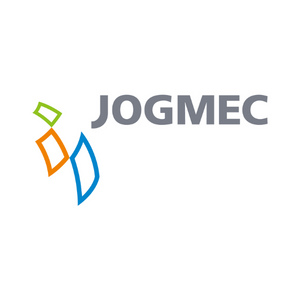


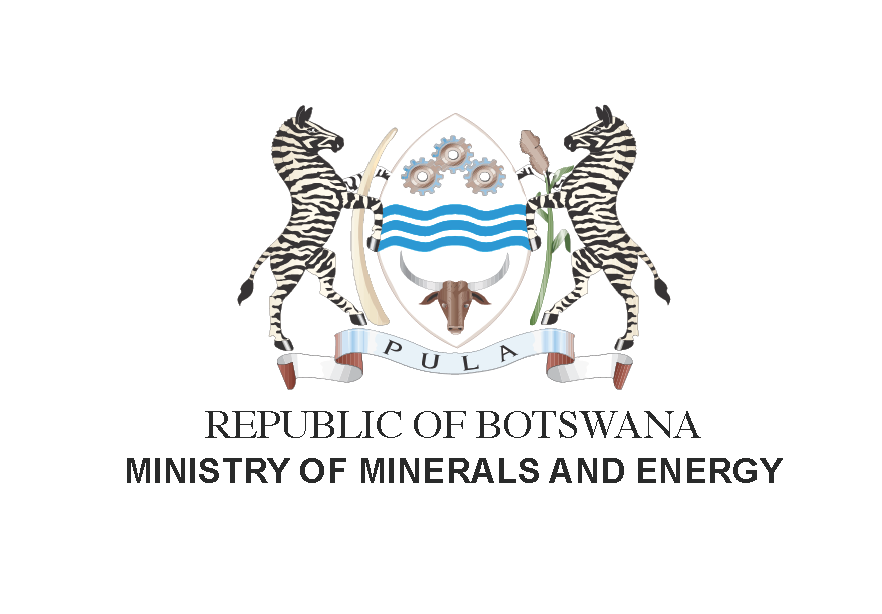.png?width=300&height=208&ext=.png)

_mi25-weblogo.png?ext=.png)
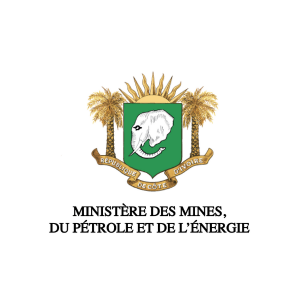
_1.png?ext=.png)

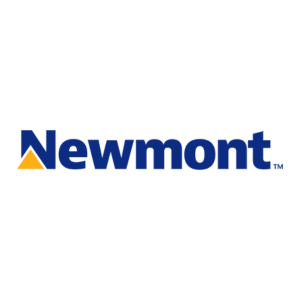
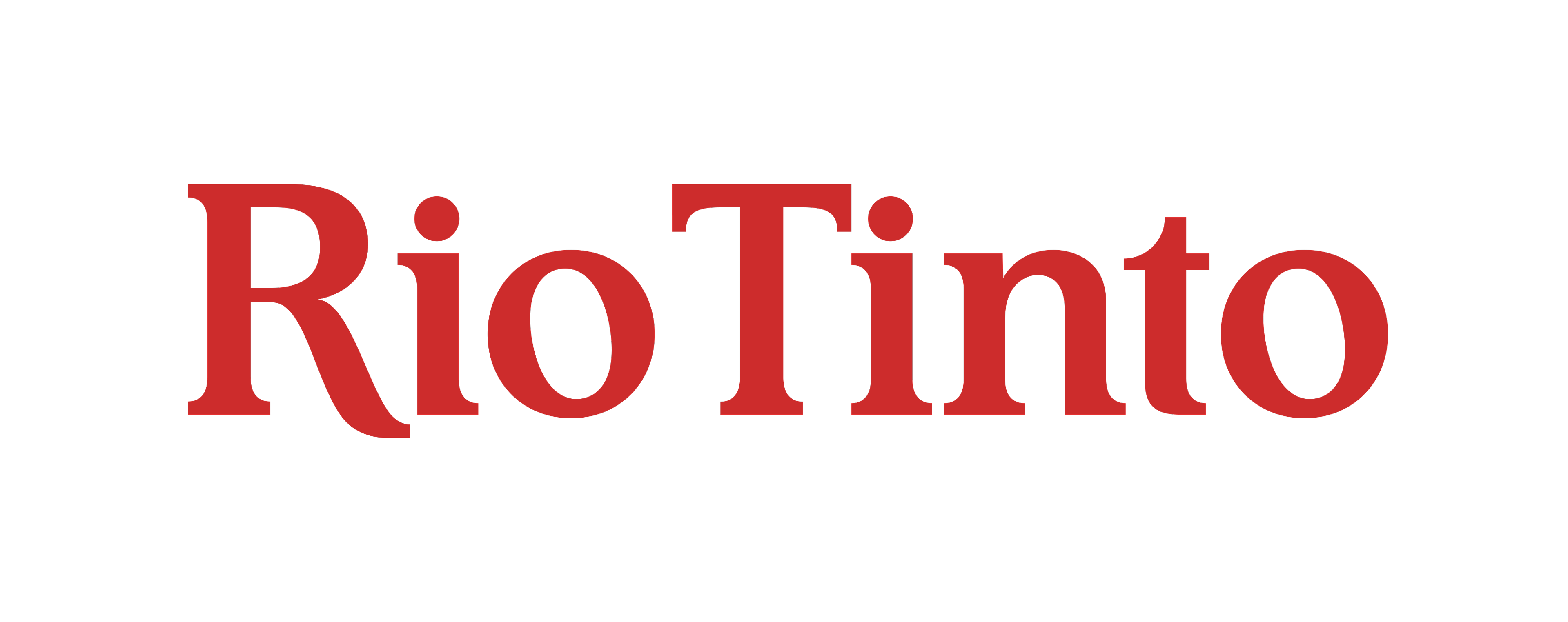








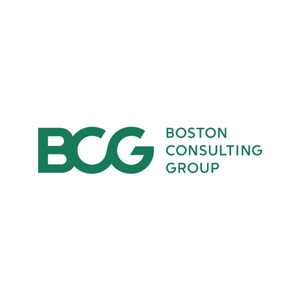
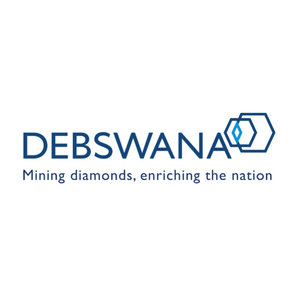
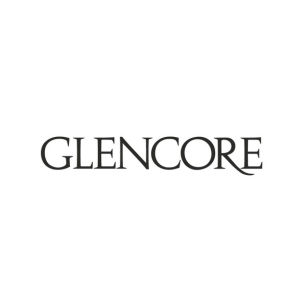




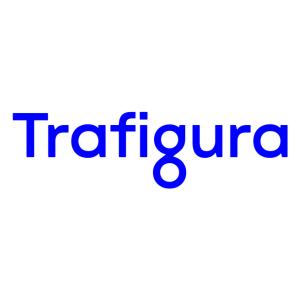

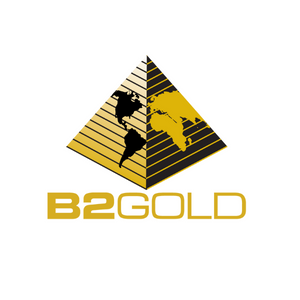



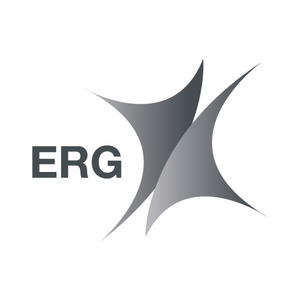









_logo.png?ext=.png)


_mi25-weblogo.png?ext=.png)



